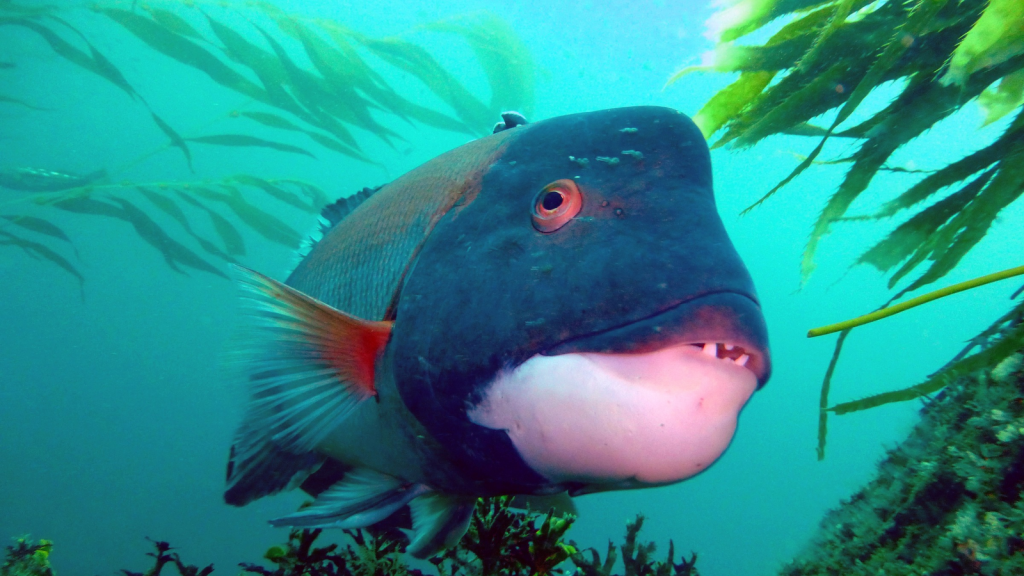Sea urchins, those spiky creatures that dwell on the ocean floor, might seem like unlikely prey. Yet, these prickly echinoderms are a vital food source for many marine animals. From the depths of the sea to coastal waters, a variety of creatures have developed clever ways to crack open the urchin’s tough exterior and feast on the soft insides. Some predators have even evolved specialized adaptations to make sea urchins a staple of their diet. Let’s explore some of the fascinating animals that have sea urchins on their menu.
Sea Otters
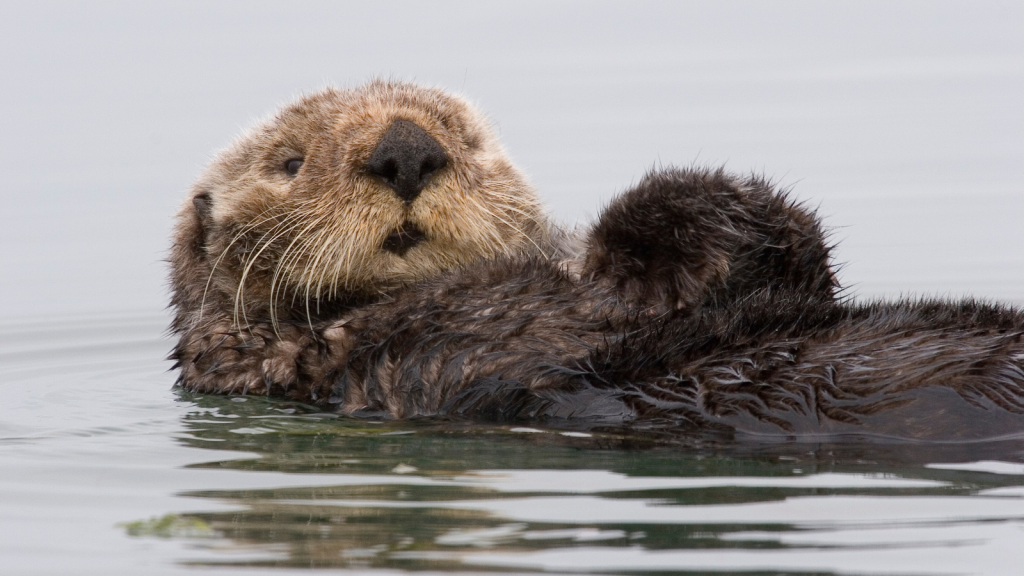
Sea otters are perhaps the most famous sea urchin predators. These charismatic marine mammals use rocks as tools to crack open urchins, showcasing their intelligence and dexterity. Sea otters can consume up to 1,000 sea urchins a day, making them crucial in maintaining the balance of kelp forest ecosystems. Without sea otters, urchin populations can explode, leading to the destruction of kelp forests. Interestingly, sea otters have been observed to have favorite rocks that they keep with them, storing them in a pouch of loose skin under their arms.
Triggerfish
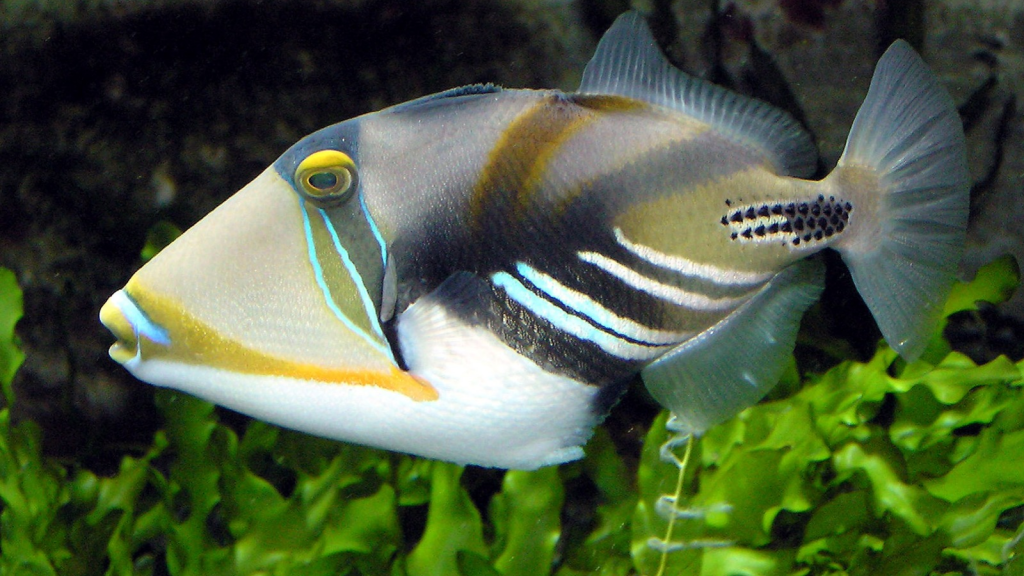
Triggerfish have strong jaws and teeth that allow them to crunch through sea urchin spines and shells. These colorful fish are found in tropical and subtropical waters worldwide. They often flip sea urchins over to attack their softer underside, demonstrating problem-solving skills in their hunting techniques. Some triggerfish species, like the titan triggerfish, are known to be particularly aggressive when hunting, even towards divers who get too close to their feeding grounds.
Lobsters
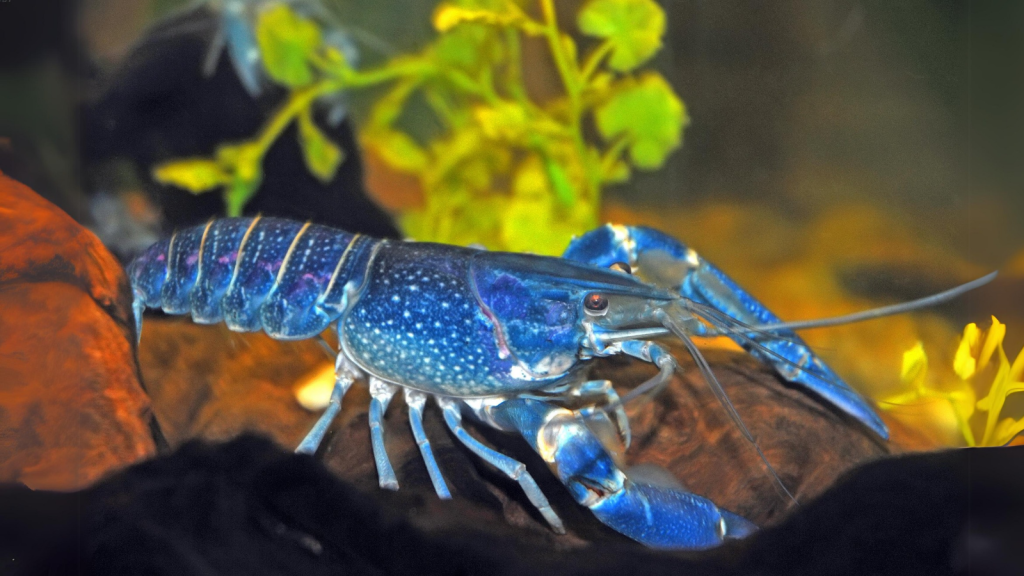
Lobsters are well-equipped to handle the prickly defenses of sea urchins. Their powerful claws can crush urchin shells, while their hard exoskeletons protect them from the urchin’s spines. Lobsters play a significant role in controlling sea urchin populations in many coastal ecosystems. In some regions, like the Gulf of Maine, the relationship between lobsters and sea urchins has been dramatically altered by overfishing, leading to significant changes in the ecosystem.
Wolf Eels
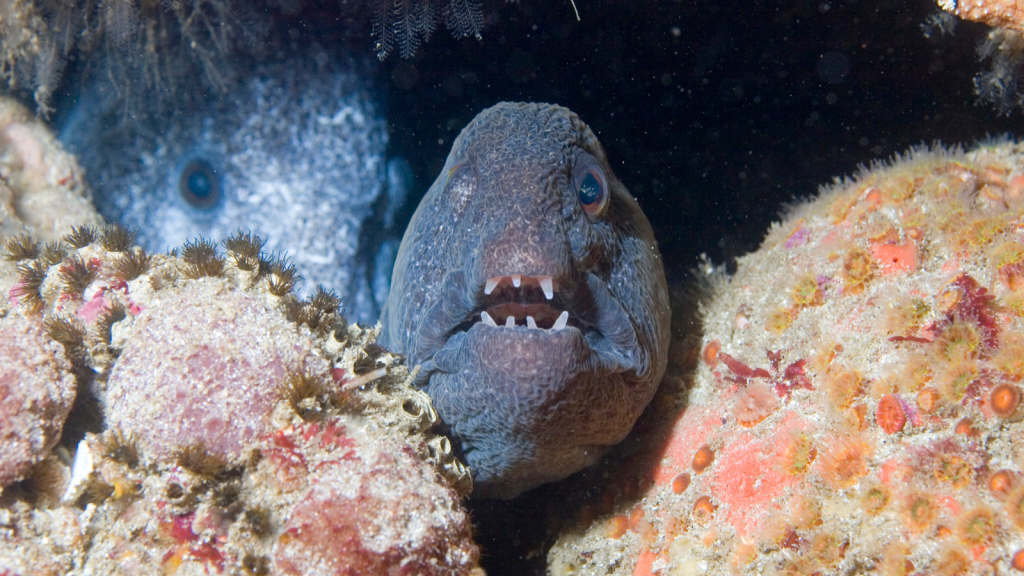
Despite their name, wolf eels are not true eels but a species of wolffish. These creatures have specialized teeth and powerful jaws designed for crushing hard-shelled prey like sea urchins. Wolf eels can grow up to 8 feet long and are found in the cold waters of the North Pacific. They often form monogamous pairs and live in the same den for years, with both parents guarding their eggs until they hatch.
Sheephead Fish
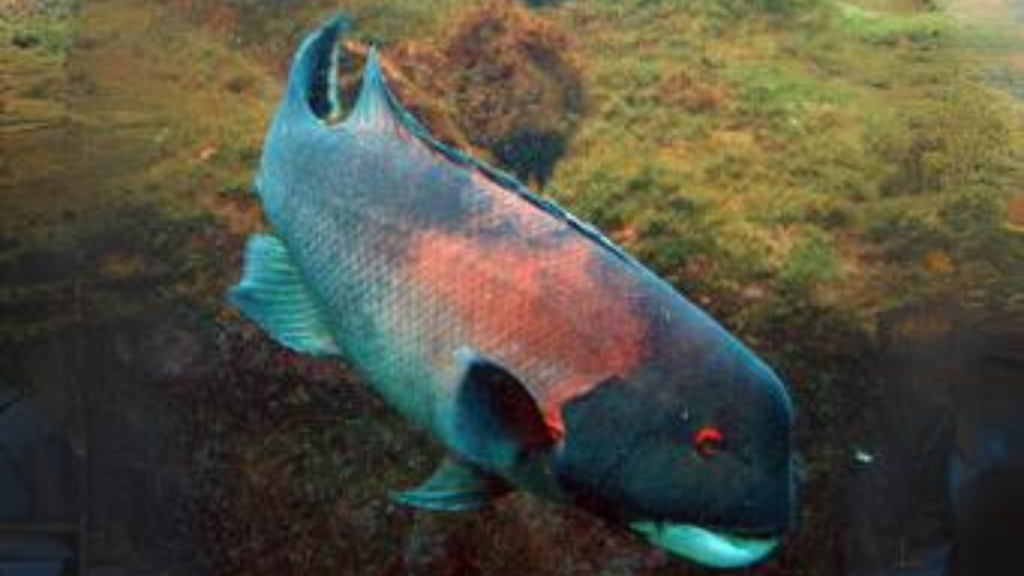
The California sheephead is a striking fish known for its ability to change sex as it matures. These fish have large, protruding teeth that they use to crush sea urchins and other hard-shelled prey. Sheephead are important predators in kelp forest ecosystems along the Pacific coast of North America. Their unique life cycle involves all individuals starting as females, with some later transforming into males based on social and environmental cues.
Sunflower Sea Stars
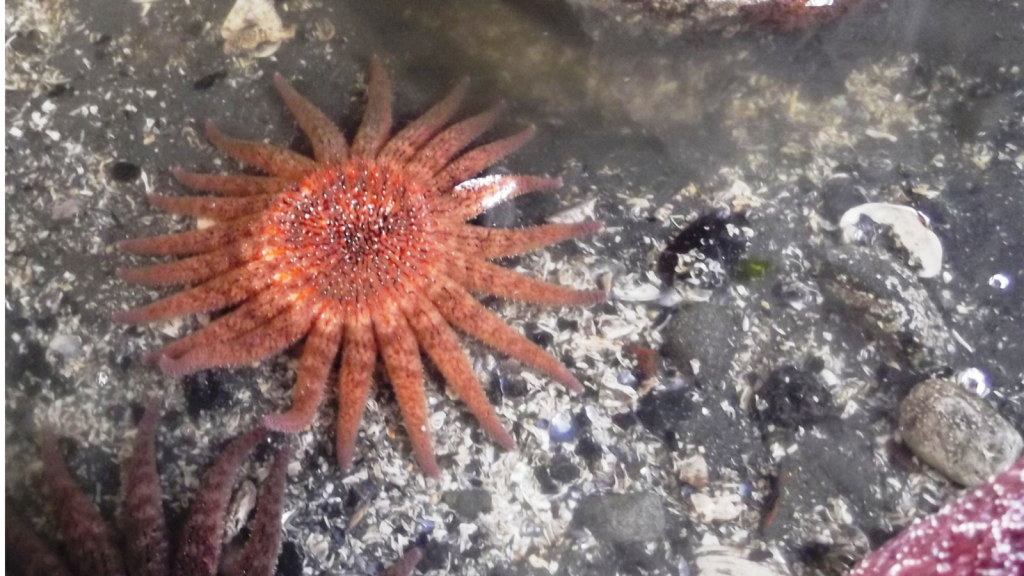
Sunflower sea stars are among the largest sea stars in the world, growing up to 3 feet across with up to 24 arms. These voracious predators can move surprisingly quickly to catch prey, including sea urchins. They use their powerful arms to pry open the urchin’s shell and eat the insides. Sadly, sunflower sea stars have been decimated by a mysterious wasting disease in recent years, leading to concerns about the ecological balance in their native habitats.
Emperor Penguins
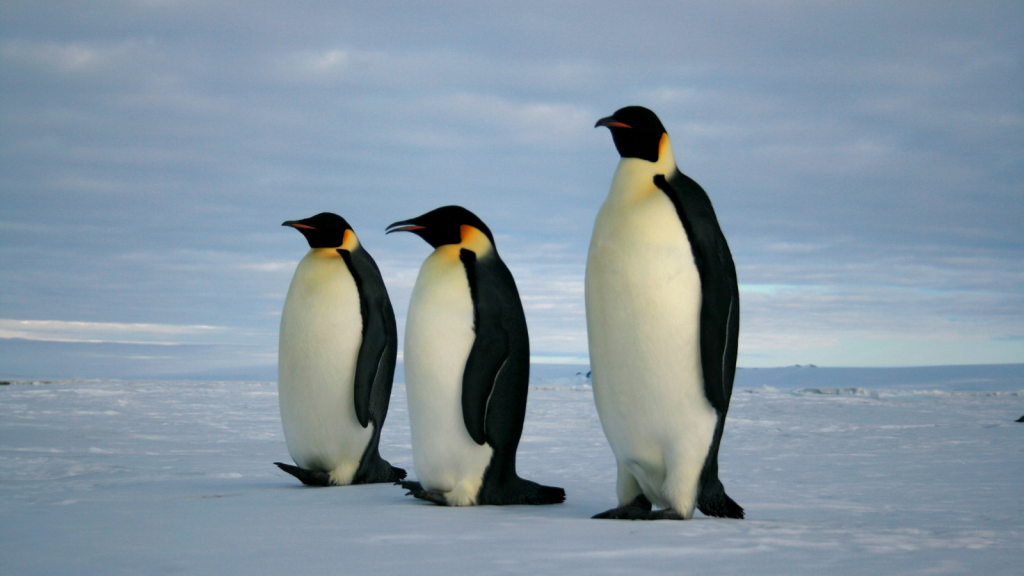
While not their primary food source, emperor penguins have been observed eating sea urchins during their deep dives. These Antarctic birds can dive to depths of over 1,500 feet in search of food. Their strong beaks allow them to handle the spiny exterior of sea urchins. Emperor penguins have also been known to regurgitate sea urchin spines along with other indigestible parts of their prey, which scientists can study to learn more about their diets.
Certain Species of Pufferfish
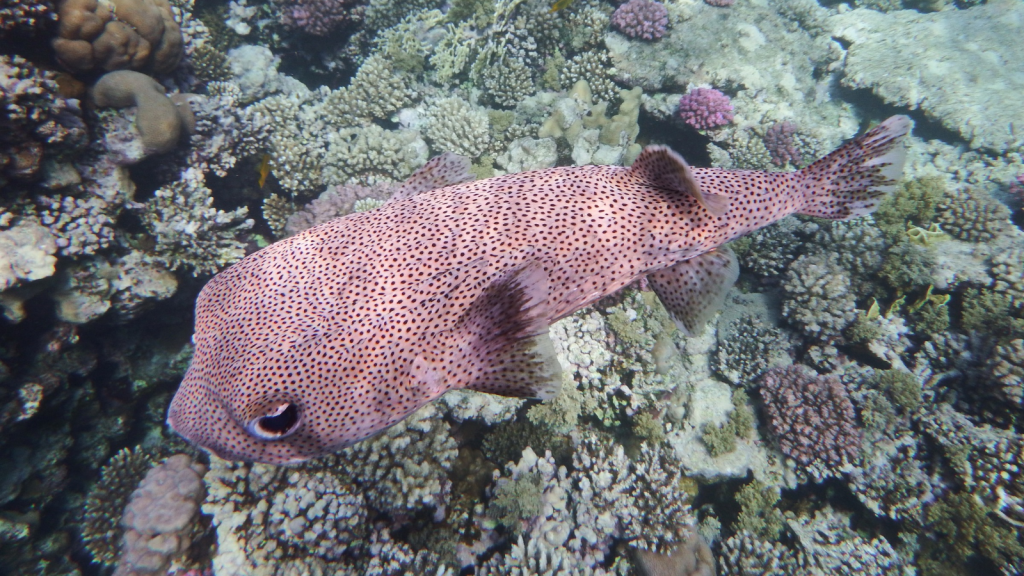
Some pufferfish species have evolved to eat sea urchins as a significant part of their diet. Their strong beaks and ability to inflate their bodies help them handle and consume these spiny creatures. Pufferfish are found in tropical and subtropical waters around the world. Remarkably, some pufferfish species can accumulate toxins from their sea urchin prey, making them poisonous to potential predators.
Rays
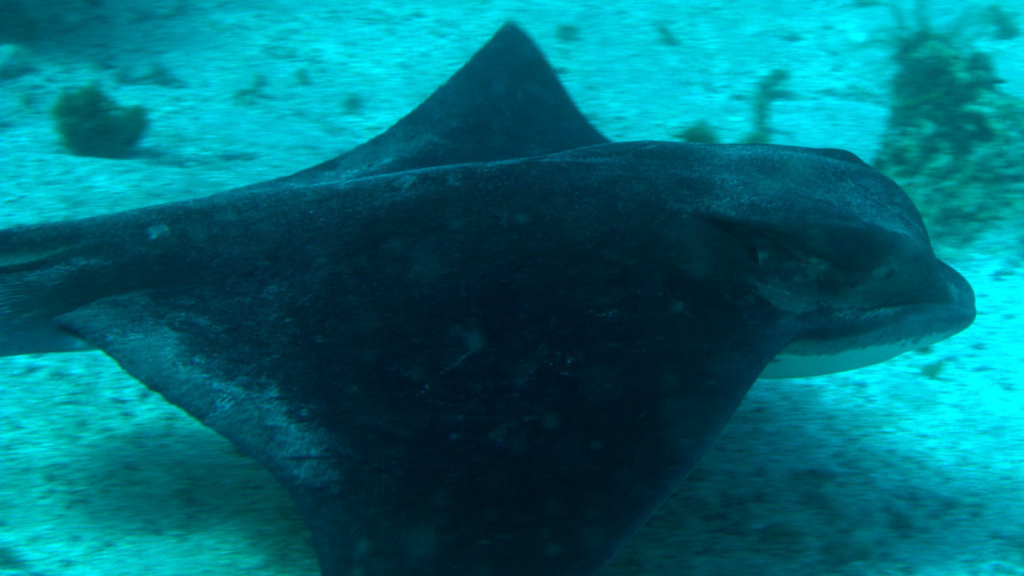
Several species of rays, including bat rays, feed on sea urchins. These flat, cartilaginous fish use their powerful jaws to crush urchins and other hard-shelled prey. Rays often feed by gliding over the seafloor and detecting prey with their electroreceptors. In some areas, the feeding pits left by rays as they dig for sea urchins create important microhabitats for other marine species.
Garibaldi Fish
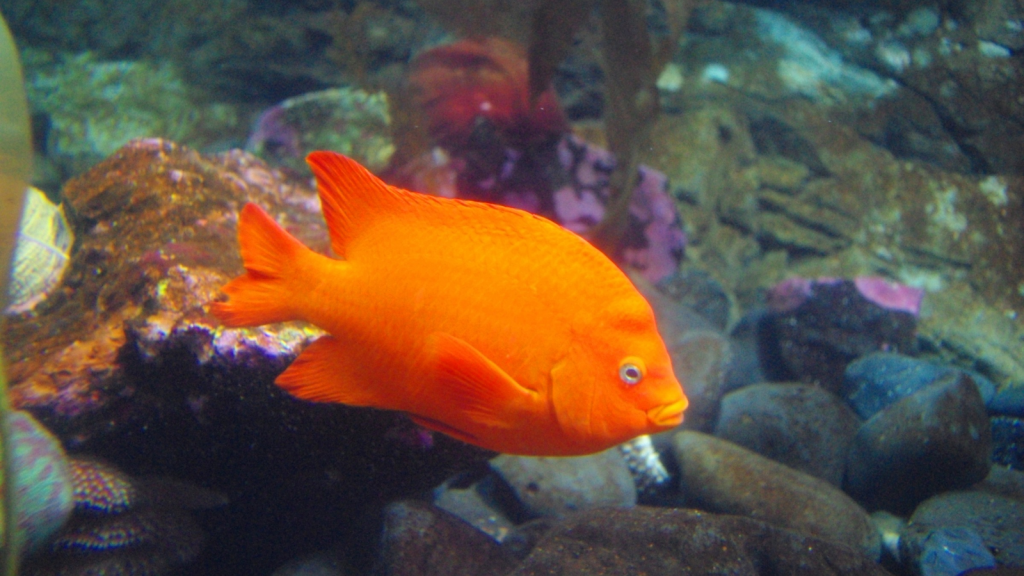
The bright orange Garibaldi fish, found off the coast of California, includes sea urchins in its diet. These territorial fish use their strong teeth to bite off urchin spines before consuming them. Garibaldi are the official marine state fish of California and are protected in local waters. Male Garibaldi are known for their meticulous care of their nests, which they build in areas often cleared of sea urchins.
Leather Sea Stars
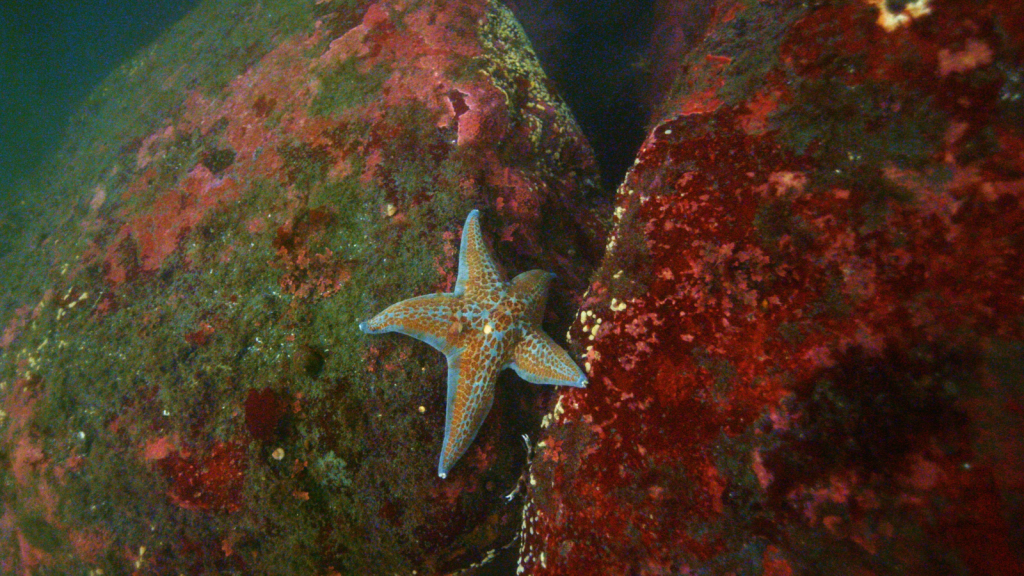
Leather sea stars, also known as garlic stars due to their distinctive odor, are voracious predators of sea urchins. These multi-armed echinoderms can grow up to 24 inches in diameter and are found along the Pacific coast of North America. They use their strong arms to pry open sea urchins and extract the soft tissues inside. Leather sea stars play a crucial role in maintaining the balance of rocky reef ecosystems by controlling sea urchin populations.
Wrasses
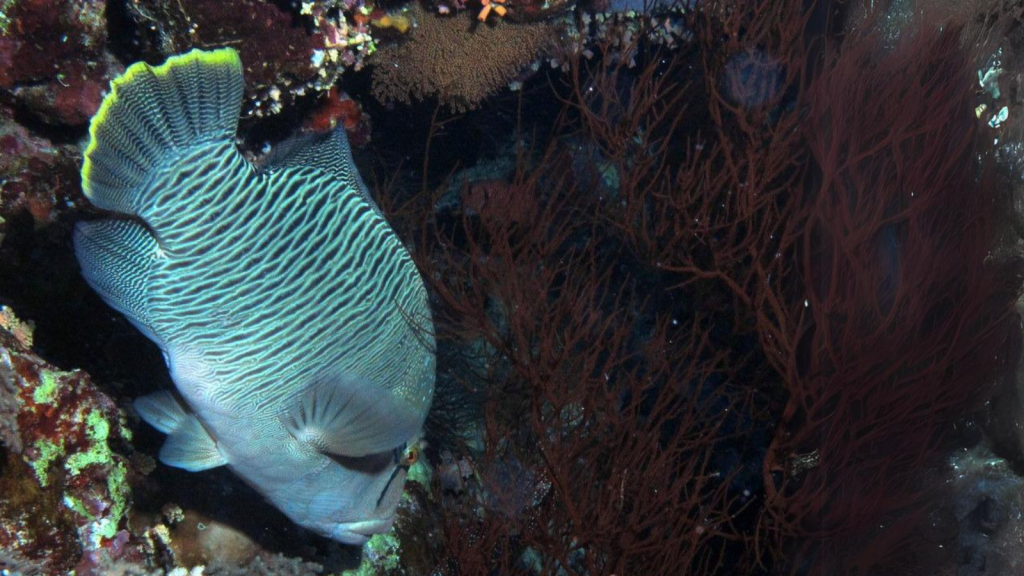
Many species of wrasses, particularly the sheephead wrasse and the California sheephead, are known to feed on sea urchins. These colorful fish have powerful pharyngeal jaws in their throats, in addition to their regular jaws, which allow them to crush hard-shelled prey. Wrasses are found in tropical and temperate waters worldwide. Some species of wrasses work together in groups to overturn and feed on large sea urchins that would be too challenging for a single fish to handle.
Sea Gulls
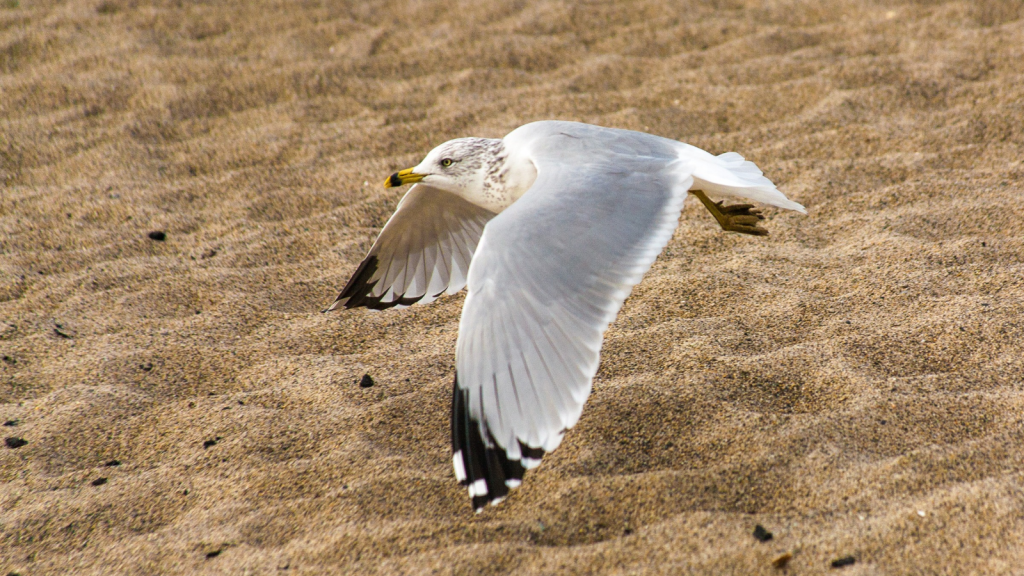
While not typically associated with underwater prey, some species of sea gulls have been observed feeding on sea urchins in intertidal zones. These opportunistic birds wait for low tide to expose the urchins, then use their strong beaks to crack them open. Gulls have been known to drop urchins from heights onto rocks to break them open, demonstrating problem-solving behavior. This behavior is most commonly seen in areas where other food sources are scarce.
Red King Crabs
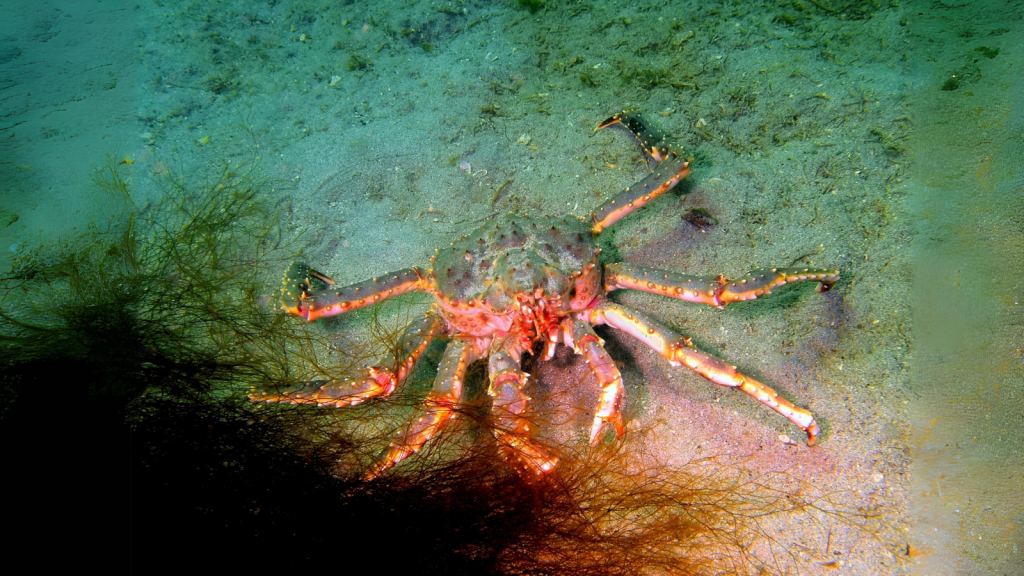
Red king crabs, found in the Bering Sea and North Pacific waters, are formidable predators of sea urchins. These large crustaceans can grow up to 11 inches wide and use their powerful claws to crush urchin shells. King crabs play a significant role in controlling sea urchin populations in their native habitats. In some areas where king crabs have been introduced, such as the Barents Sea, they have had a significant impact on local sea urchin populations.
Dugongs
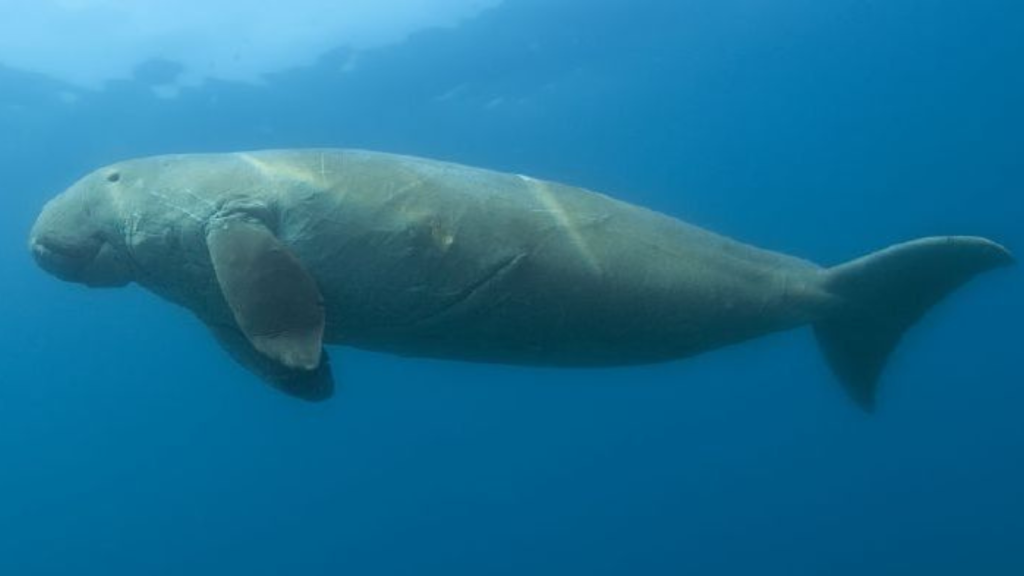
Dugongs, often called “sea cows,” are marine mammals related to manatees. While they primarily feed on seagrasses, dugongs have been observed eating sea urchins when their preferred food is scarce. These gentle giants use their sensitive bristly snouts to detect and consume sea urchins from the ocean floor. Dugongs’ consumption of sea urchins is particularly interesting because it showcases their dietary flexibility in response to changing environmental conditions.

